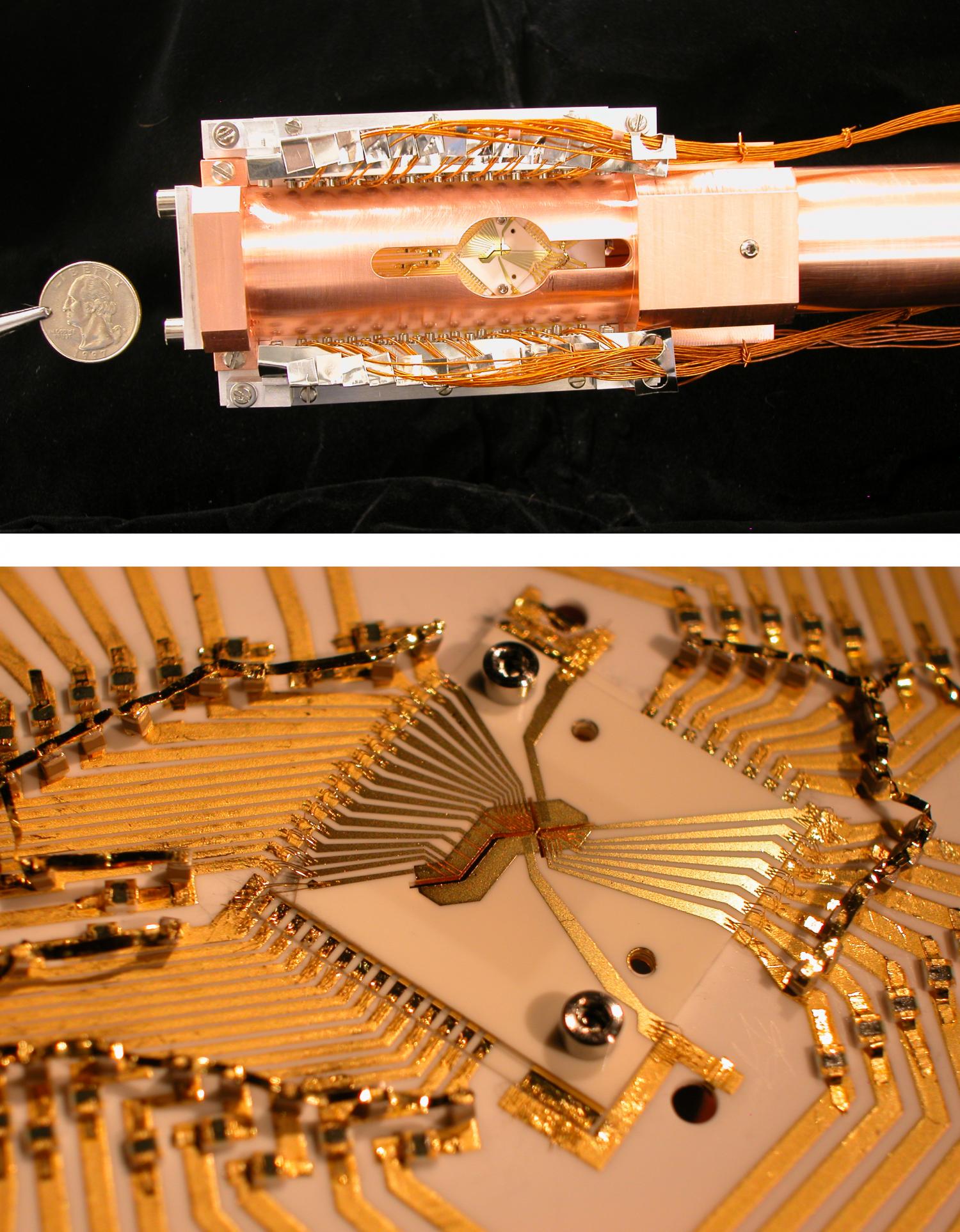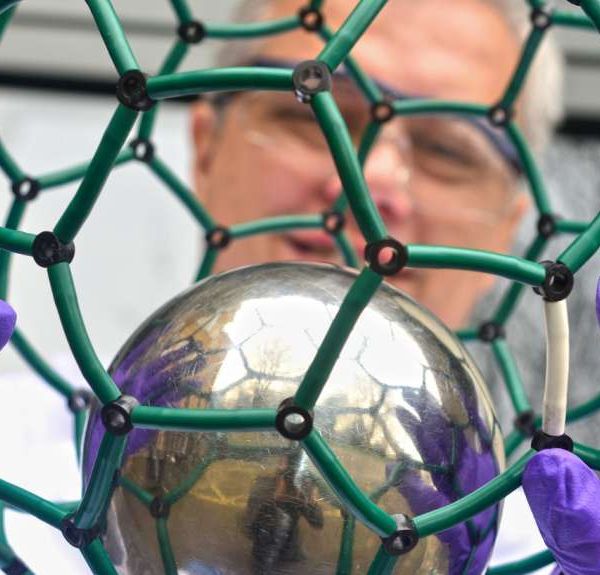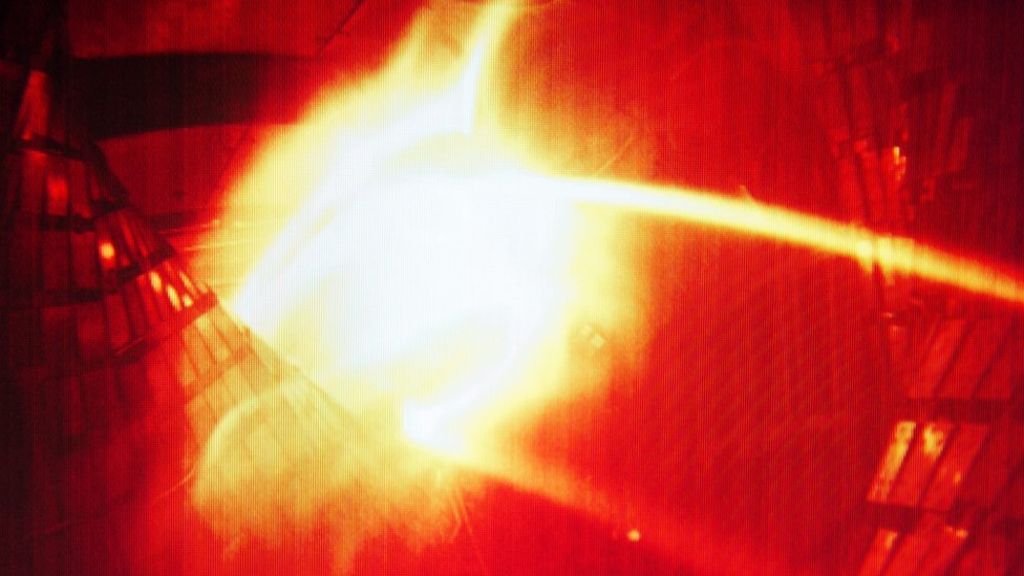Dec 17, 2015
China’s dark-matter satellite launches era of space science
Posted by Andreas Matt in categories: cosmology, particle physics, science
“The detector could help to clear up some mysteries. In 2013, the AMS announced it had seen hints of dark matter but so far it has detected too few high-energy particles to say for sure. Though DAMPE lacks the equipment to resolve the conundrum directly, it could reveal if the signal is caused by a different astrophysical source, such as pulsars, says Capell.
Although it will collect fewer incoming photons, DAMPE is better at pinpointing their energy than are existing γ-ray telescopes, such as NASA’s Fermi-LAT, says Miguel Sanchez-Conde, a physicist at the Oskar Klein Centre for Cosmoparticle Physics in Stockholm. This capability should allow DAMPE to see sharp spikes in radiation predicted by some dark-matter models.”

















